This project aims to recreate the original design for the IBM MDA and CGA video cards with modern output methods of TFT LCD, VGA and DVI. The inspiration for the project came from the The Cheap Video Cookbook from Dan Lancaster ( a free pdf of the book is available HERE ). There are a few additional accessory projects that assist in development of this project. They include:
Additional I've created a Hackaday.io list with various projects and info:
 Dave's Dev Lab
Dave's Dev Lab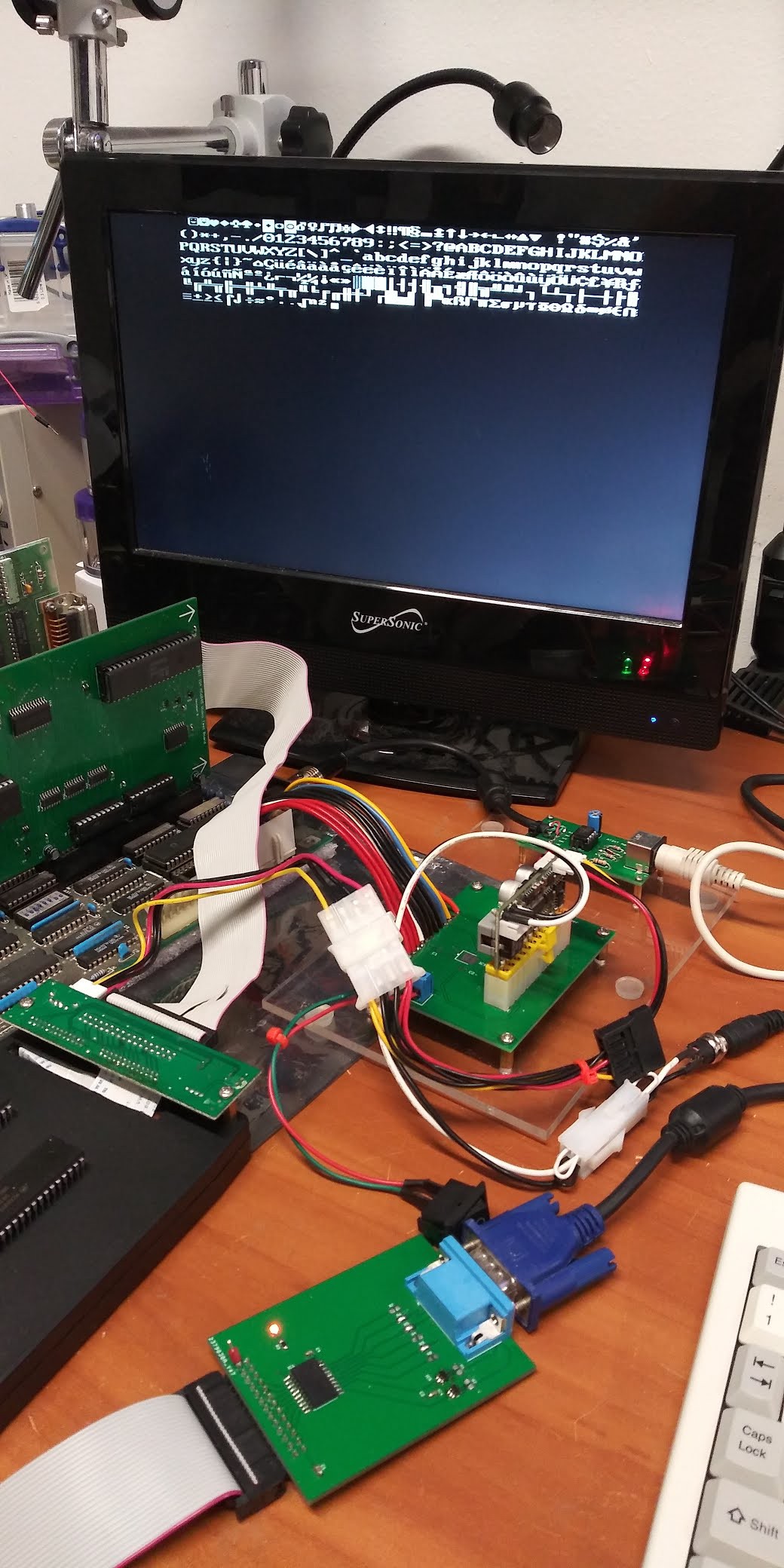
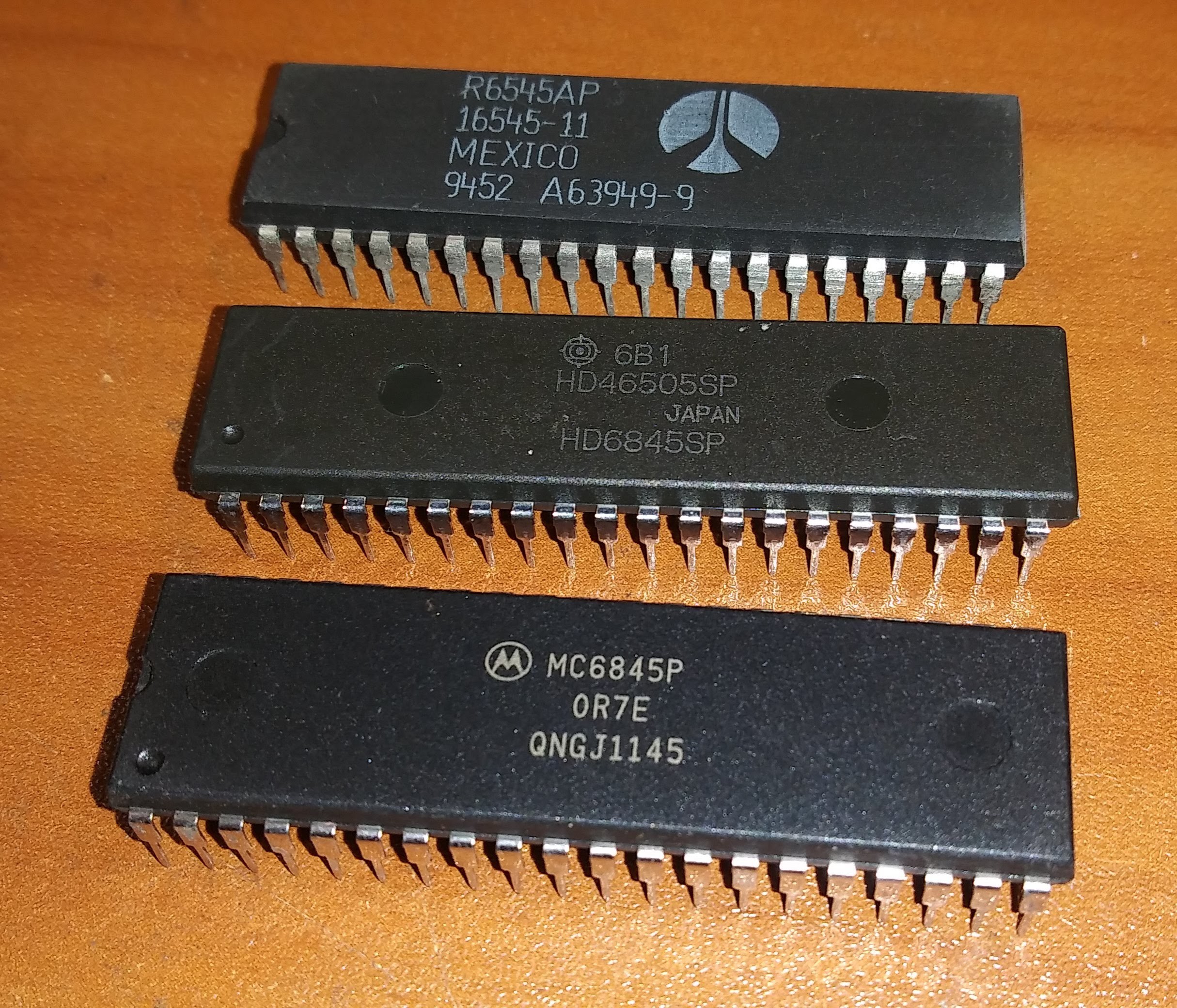
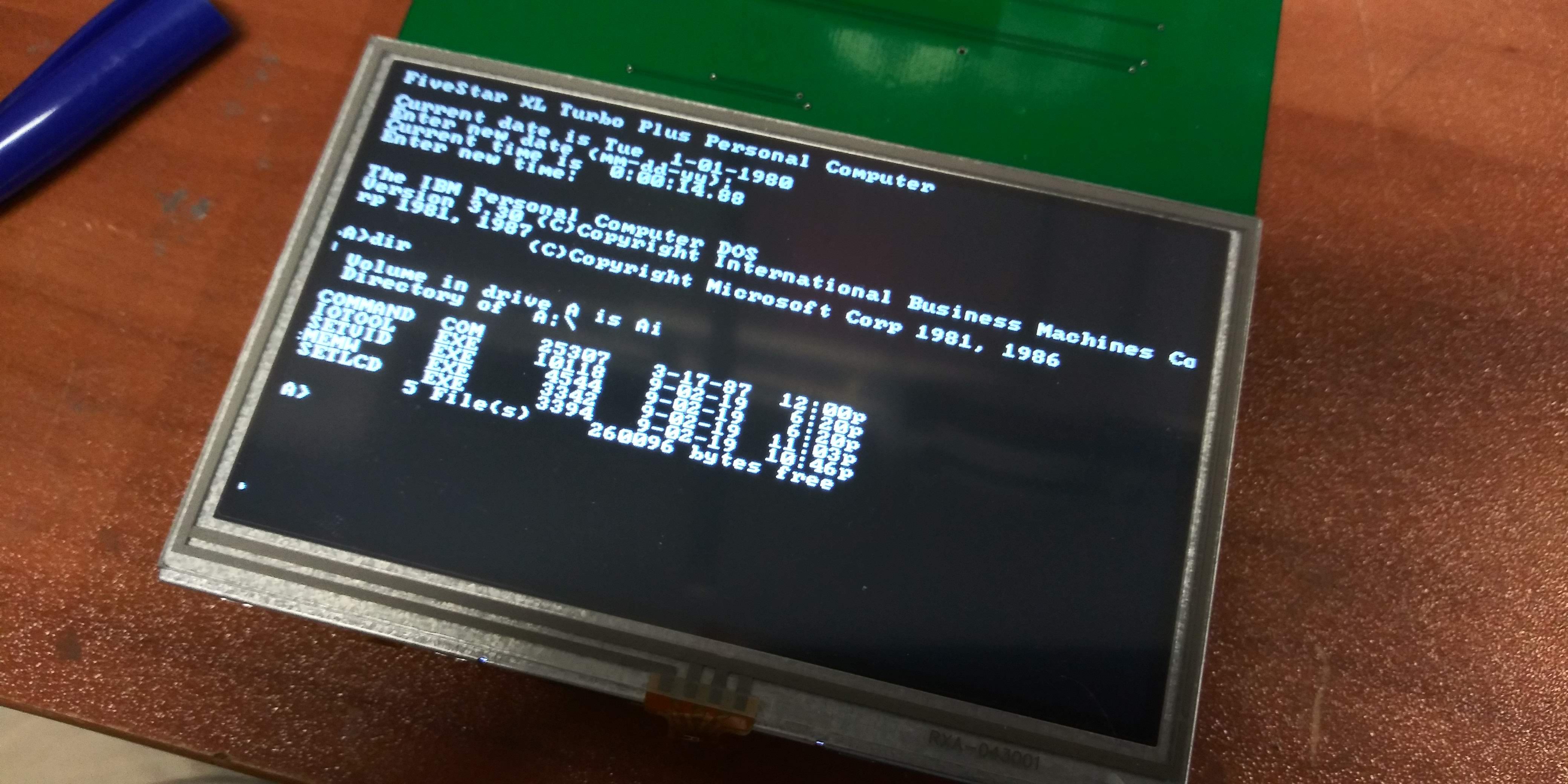

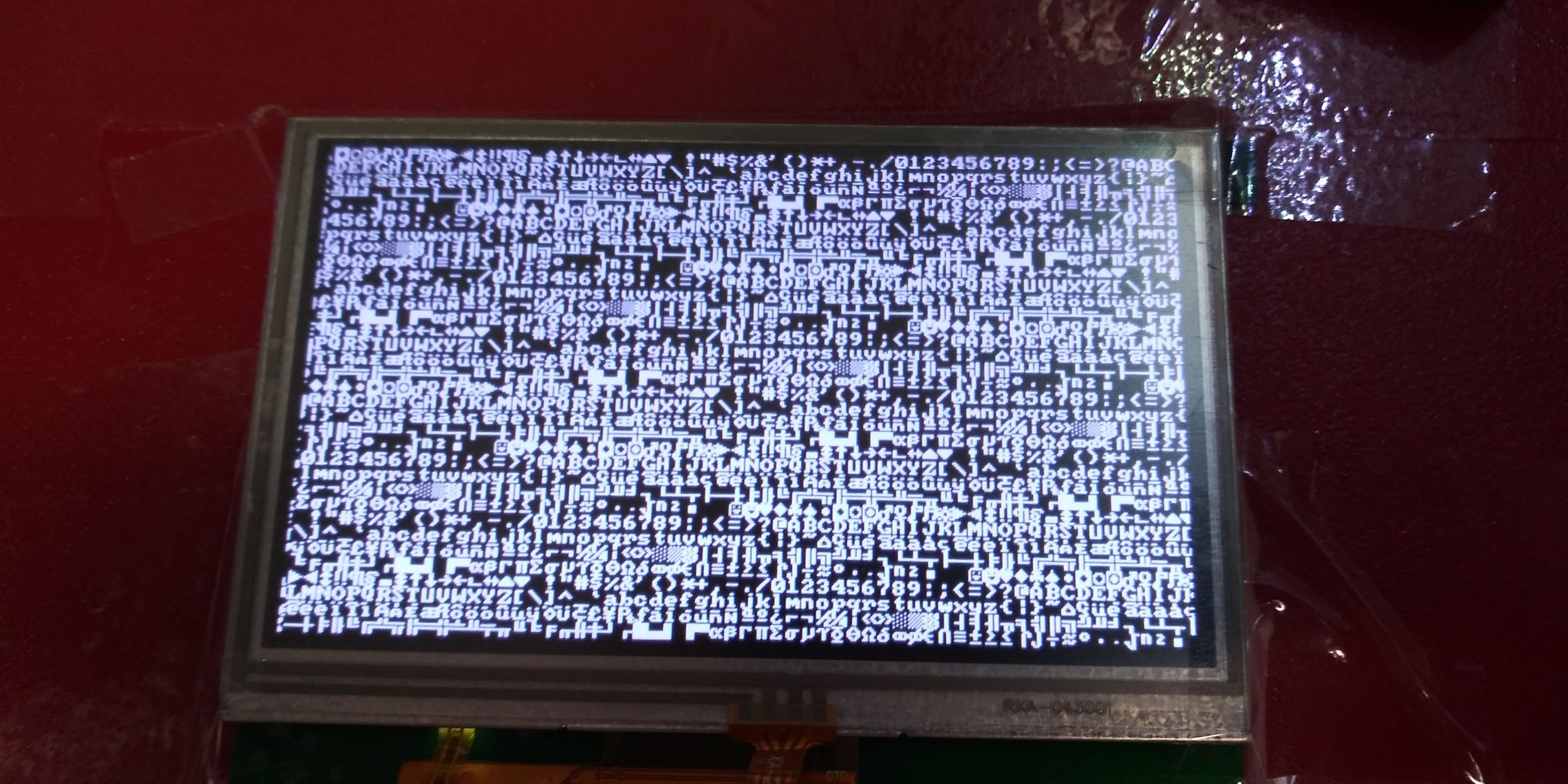
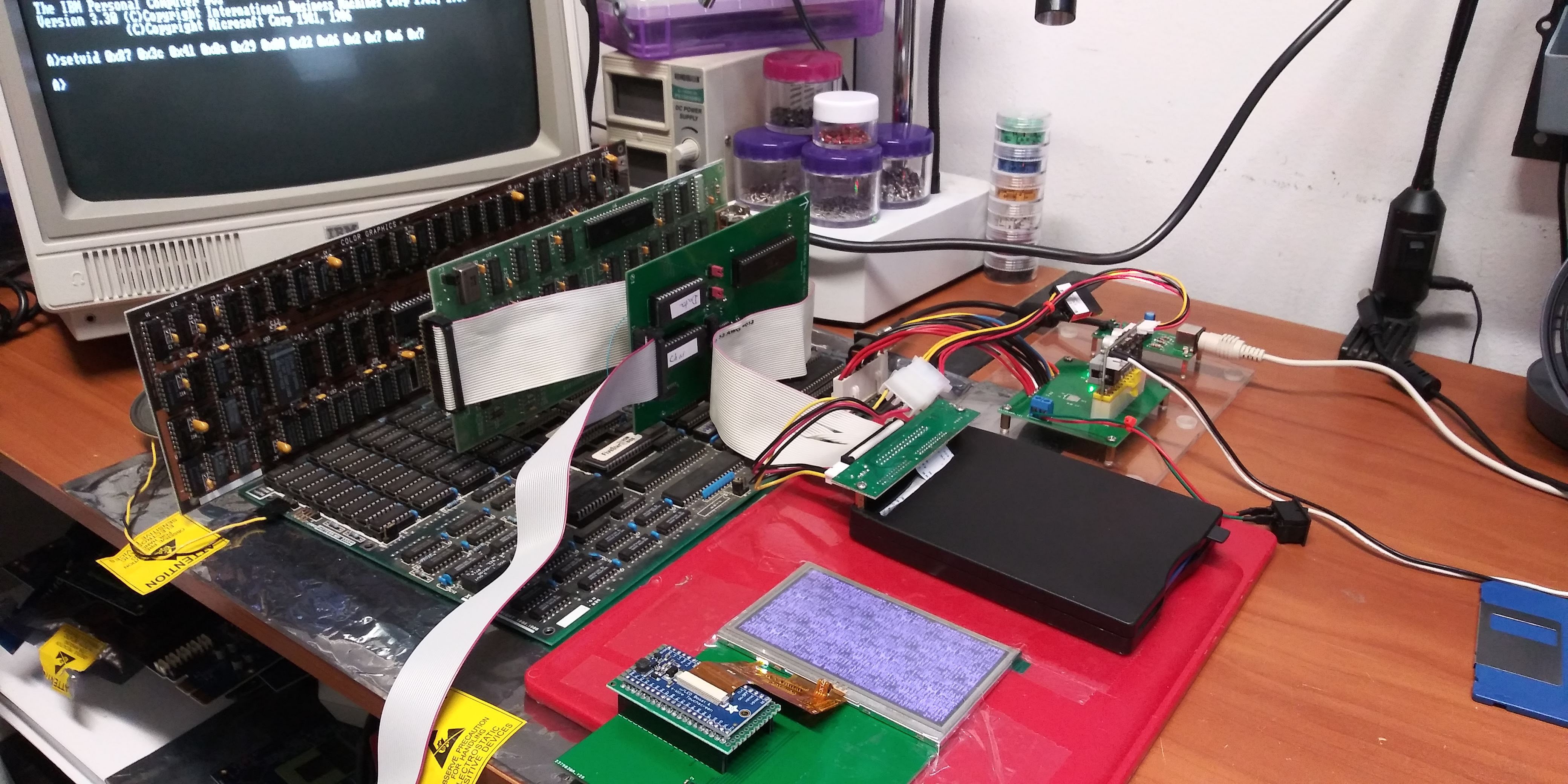






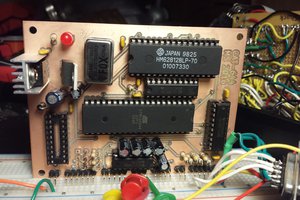
 Mars
Mars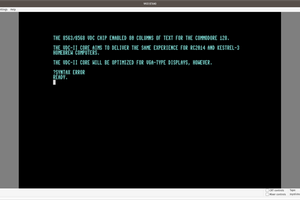
 Samuel A. Falvo II
Samuel A. Falvo II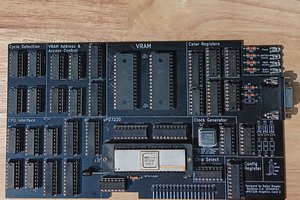
 Dylan Brophy
Dylan Brophy
MC 6845 support 512KB ram? according to datasheet. no can I use 512KB SRAM?